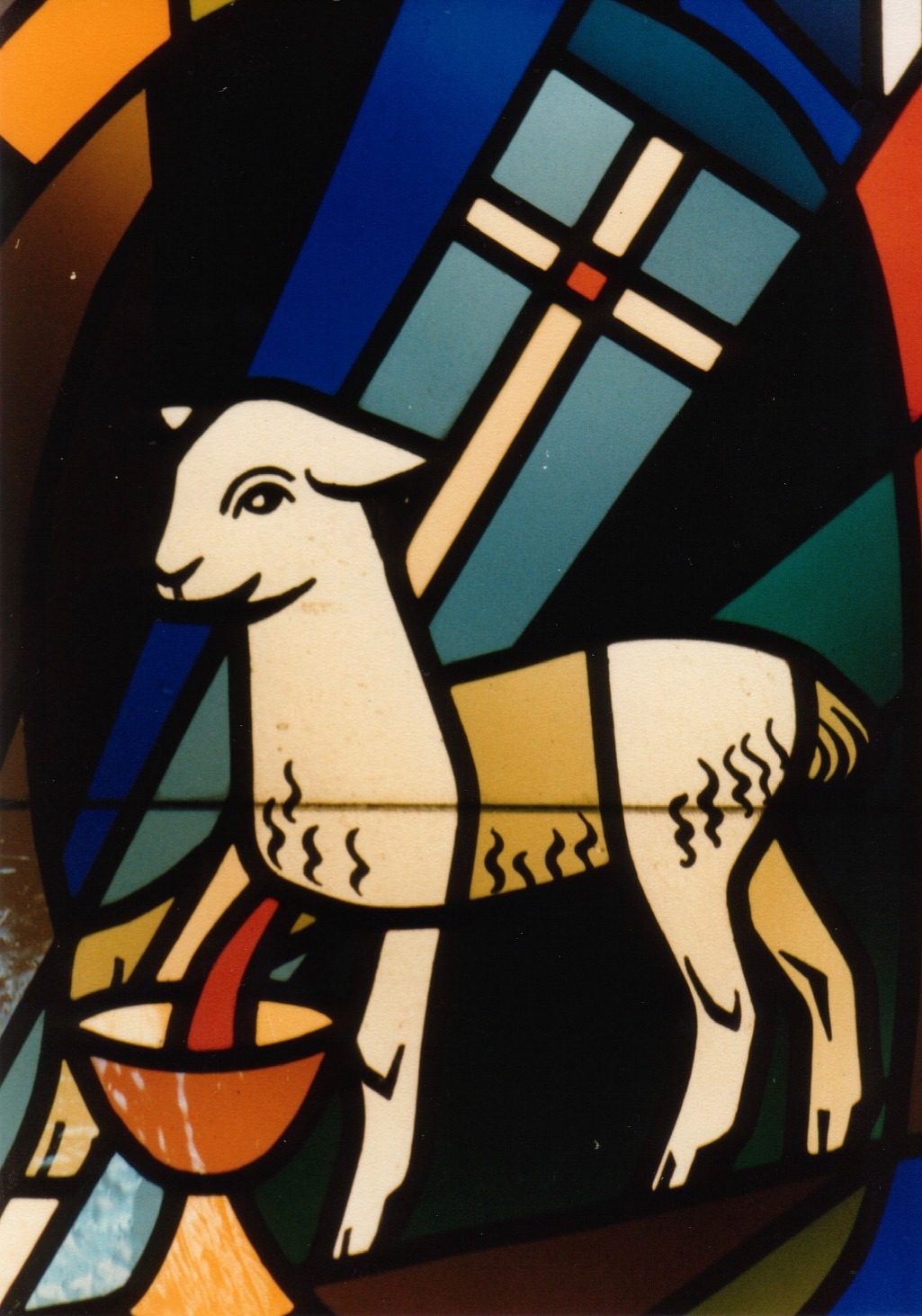Homily of Fr. Paul Panaretos, S.J.
Our Sunday Program
Attend symphonies or sporting events, and we receive one; assemble for graduations or ordinations, and we receive one; award ceremonies and charitable galas, too: at those events and others we receive programs. The symphony program identifies the musicians and the instruments they play; they list the musical offerings, describe them, their composers and some events which occasioned them. Theater playbills offer something similar. The cry at Jacobs’ Field--can I still call it by that name?--or other venues calls, “Get your program! Can’t know the players without a program!”
 When it comes to Catholic Sunday worship, the Lectionary is our program. This book contains the readings proclaimed at Sunday masses and Solemnities. Arranged in sets of three cycles, they offer us a richer fare of God’s word. The Lectionary begins with Advent-Christmas; then Lent-Easter; the Sundays of the Year; and finally other Solemnities.
When it comes to Catholic Sunday worship, the Lectionary is our program. This book contains the readings proclaimed at Sunday masses and Solemnities. Arranged in sets of three cycles, they offer us a richer fare of God’s word. The Lectionary begins with Advent-Christmas; then Lent-Easter; the Sundays of the Year; and finally other Solemnities.The character, of course, is our Messiah, Jesus. The Lectionary boasts a supporting cast it would take too long to list. However, its players point to Jesus, supporting him or opposing him: prophets, sages, sinners and holy ones, weak humans, angels and evil spirits. Spirits, by the way, are residents outside and beyond history; spirits are real not imagined.
The birth of Messiah Jesus, which Christmas celebrates, led to his suffering and death and resurrection. Christmas, inviting us to ponder the incarnation of God within our world, closes with the Baptism of our Lord, the First Sunday of the liturgical Year. This Second Sunday of the Year continues to focus on the incarnation, preparing us to journey with Jesus yet again, proclaiming present the kingdom of heaven as he teaches, preaches and heals on his way to his death and resurrection.
Prophet Isaiah had sung of God’s Suffering Servant several times. Isaiah’s second song invited God’s faithful languishing in exile to take heart and be alert for the one whom God would send to be a saving light, not only for them, but all nations. God’s servant would be a person who was created expressly for that saving purpose, which the phrase formed me as his servant from the womb, communicates. Being a light to [all] nations so that [God’s] salvation may reach to the ends of the earth was not something added to Jesus’ “job description” as Messiah; it was his work in order to save the human race. It is Jesus!
 John the Baptizer, herald of the Messiah, proclaimed this servant as the Lamb of God. First fruits of harvests and of livestock were offered to God. Lambs were sacrificial offerings imploring forgiveness at the fall high holy days ending with Yom Kippur; and the unblemished lamb roasted whole and eaten by a family at the spring festival of Passover recalled how God spared and saved the Hebrews enslaved in Egypt. Jesus, anointed by the Spirit of God, takes away the sins of the world, not just one group.
John the Baptizer, herald of the Messiah, proclaimed this servant as the Lamb of God. First fruits of harvests and of livestock were offered to God. Lambs were sacrificial offerings imploring forgiveness at the fall high holy days ending with Yom Kippur; and the unblemished lamb roasted whole and eaten by a family at the spring festival of Passover recalled how God spared and saved the Hebrews enslaved in Egypt. Jesus, anointed by the Spirit of God, takes away the sins of the world, not just one group.Annually we insert ourselves into Jesus’ program of proclaiming, healing, inviting, teaching, dying and rising. Jesus’ program is nothing less than God’s salvation. As we move through the saving action of the Trinity entering Lent, leading to Easter and its season when it arrives, then resuming to move through a single gospel-portrait of Jesus, we benefit best by noticing each Sunday with whom in the cast of characters of the Lectionary we see ourselves: prophets, sages, sinners and holy ones, weak humans, angels and evil spirits. Then we invite Jesus to meet us as we are and transform us.
Begin your 15 minutes with Jesus this week by growing aware that you are in the presence of the Trinity, who create you a moment at a time. Then ask for the grace to stand with John the Baptizer and hear him name Jesus as the Lamb of God. In your own way, walk with Jesus and converse with him, asking him to enlighten you and make you more sensitive to his message, his action and his death and resurrection. Close by saying slowly the Lord’s Prayer, words which praise the light of God and petition for what we need most and how best to live our lives.
______________________________________________
Wiki-image of Rembrandt's Mother Reading a Lectionary is in the public domain.Rebecca Kennison's Lamb of God is Dual-licensed under GFDL and Creative Commons Attribution 2.5. .
No comments:
Post a Comment